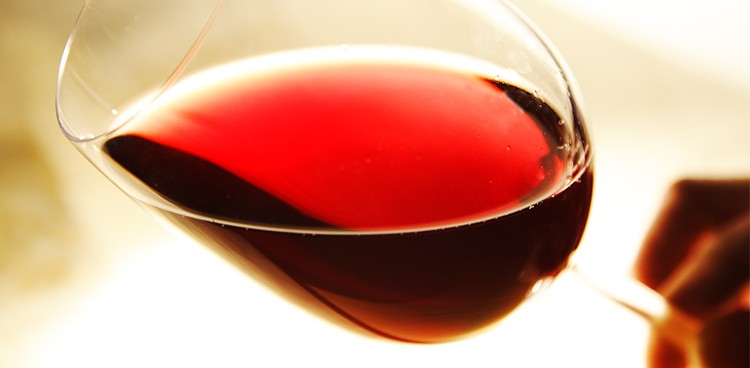
Natural wine is many different things, with an ever-evolving definition. The bullet points everyone can agree on include organically-grown grapes, minimal filtration, no added sugars, colorings, or sulfites, and absolutely no lab-cultivated yeasts. Die-hards maintain even more rules, such as stipulating the grapes must be hand-picked, but this is where the natural wine umbrella gets a little leaky. The layperson may recognize a natural wine by its cloudy opacity and bits of harmless sediment lying at the bottom of the bottle. Though some natural wines are nearly indistinguishable in taste and appearance from their more traditional counterparts, most tend to defy convention when it comes to otherwise familiar varietals.
What began as a movement in 1980s France in response to the over-industrialization of wine has caught on with gusto stateside. Natural wineries dot both coasts and natural wine bars have set up shop all across the country. Lucky for us, the trend has been happening in tandem with the natural cheese movement, which means that natural American wine and cheese production is finally coming into its own. Upstart makers are taking inspiration from the Old World and making something totally new and purely American by using home-grown cultures, yeasts, and raw materials. Now is the best time to patronize your local natural-minded makers and taste what all the buzz is about.
East Coast
The East Coast, and New England in particular, has a reputation for a finicky climate and short growing season. Predictably, this can yield inconsistent results for producers who rely on delicate fruits and vegetables. But natural wine producers from Vermont to Maryland are making an impressive go of it, churning out wines that care not for comparisons to European stalwarts. If you’re still not quite clear on the concept of terroir when it comes to wine, try an unfiltered Iapetus pét-nat to really get a taste for the rolling hills and ancient seabeds of Vermont, or pop a bottle from the Long Island crosswind-kissed Channing Daughters Winery; natural cheese pairings from the same regions push these into the funky beyond.
+ Iapetus Figure 1 Pétillant-Naturel
+ Channing Daughters Winery L’Enfant Sauvage Chardonnay
West Coast
Mid-coast California has a long and storied relationship with vintners due to its generally Mediterranean climate and long growing season. Statewide, the diversity of the landscape and climate allows for experimentation for producers of all stripes, not least of all winemakers. Though not as prominent as the big-name producers of Napa Valley, smaller wineries are putting their stamp on the more experimental wines coming out of the Sierra Nevada foothills and the Bay Area. Likewise in the Pacific Northwest, where the Oregon enotourism industry has been breathing life into otherwise rarely-visited locales.
Jollity Farm Italian Farmhouse Cheese
+ The Marigny Pinot Noir Rosé Unfined Unfiltered
Midwest
Not typically known for its wine, America’s congenial midsection is having a moment. Events like the Missouri-based Jefferson Cup and the Chicago Wine Fest give a leg up to Midwestern vintners that don’t have the pedigree or renown of their California contemporaries. (And we have it on good authority that Kansas City is the hottest destination for natural wine bars.) The upside of not having the eyes of the wine world perpetually on you is that you have the luxury to turn out some truly interesting products that hold their own against the big guys—in wine and cheese circles alike.
Edgewood Creamery Ozark Mountain Blue
+ Brengman Brothers Block 65 Blend



